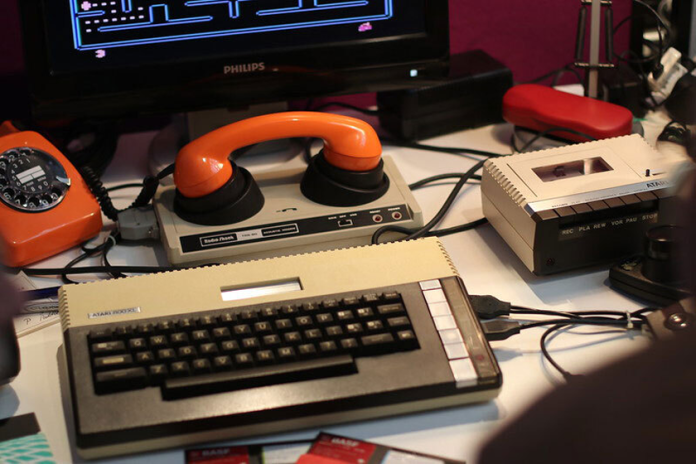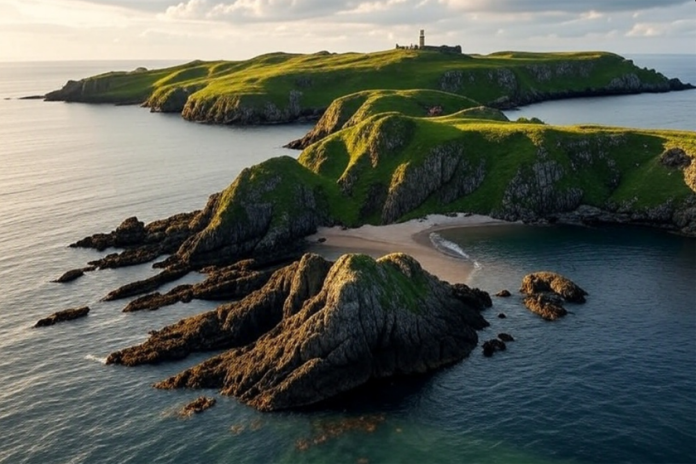Macro-friendly foods are those optimized for their macronutrient profile—most often high in protein, lower in fats and carbs, and providing more food volume for fewer calories. The term is popular among people tracking their macros (protein, carbs, fat) for specific fitness or weight loss goals.
Foods described as macro-friendly often have a higher protein-to-calorie ratio, making them supportive of muscle-building or fat-loss diets.
Often, these foods are processed or modified versions of traditional foods (e.g., protein wraps, low-fat sauces, sugar-free syrups) to help meet calorie or macro targets while feeling fuller and more satisfied.
Macro-Friendly Example Swaps
| Food Type | Regular Option (Actual Food) | Macro-Friendly Substitute |
|---|---|---|
| Mayonnaise | Full Fat: 90cal/10g fat/0g prot/0g carb | Fat-Free: 10cal/0g fat/0g prot/2g carb |
| Tortilla | Flour Tortilla: 300cal/10g fat/7g prot/46g carb | Joseph’s Lavash: 100cal/4g fat/10g prot/14g carb |
| Ranch Dressing | Hidden Valley: 145cal/15g fat/0g prot/2g carb | Bolthouse Farms: 45cal/3g fat/1g prot/3g carb |
| Syrup | Aunt Jemima: 210cal/0g fat/0g prot/52g carb | Cary’s Sugar-Free: 20cal/0g fat/0g prot/5g carb |
Pros of Macro‑Friendly Foods
-
- Help you eat larger portions for the same or fewer calories
- Facilitate easier adherence to calorie/macro-based diets, crucial for weight loss or muscle building
- Prioritize protein intake, supporting satiety and muscle maintenance
Limitations & Considerations
-
- Macro-friendly foods can be heavily processed to fit specific dietary goals. They may lack the micronutrients or other health benefits of whole, minimally-processed foods.
- Focusing solely on macros can lead to choices that neglect food quality, fiber, vitamins, and minerals.
- Long-term health is best supported by a foundation of whole foods: fruits, vegetables, whole grains, legumes, lean meats, nuts, and seeds, which provide nutrient density beyond macros.
Macro-Friendly vs. Actual (Whole) Food
Actual food (whole food) refers to minimally processed, nutrient-rich foods that naturally contain both macro and micronutrients essential for overall health.
Macro‑friendly foods prioritize macro ratios and calorie control but may lack the complexity and nutritional value of whole foods.
Personal Thoughts
Whenever I think Macro-friendly, I often imagine some scientist in a lab somewhere pouring over a stack of spreadsheets.
Whenever I think of actual food, I’m reminded of how I’ve eaten the real deal my entire life. Whole milk, cheese, butter, beef, salad, sugar, and so on and so forth.
Somehow I’ve managed to stay as close to a real diet as possible though, and even after all of these years my weight has varied ever so slightly from when I was in high school.
Some might call me lucky but I don’t think luck has much to do with it. There’s nothing wrong with a little exercise and sunshine — it does a body good, and so does real food.





President Trump’s Executive Order No. 14224
President Trump’s Executive Order No. 14224, signed on March 1, 2025, designates English as the official language of the United States and rescinds a Clinton-era mandate (Executive Order No. 13166) that required federal agencies and recipients of federal funding to provide language assistance to non-English speakers.
There’s been quite a lot of talk about this executive order out there on the interwebs of late, what with most of the conversations revolving around the elimination of having to press 1 for English.
I, like most out there, can’t stand having to press 1 for English every single time we call for support or customer service. Often times upon after pressing 1 for English we get folks that can barely speak it anyhow so what’s the point?
President Trump’s Executive Order allows agencies to decide whether to continue offering services in languages other than English, emphasizing flexibility to prioritize English while not explicitly prohibiting multilingual services.
Regarding the specific phrase press 1 for English, commonly associated with automated phone systems, the executive order does not directly address private sector practices or mandate changes to such systems.
It focuses on federal government operations and agencies, encouraging English use to promote unity and efficiency.
Private companies, such as those operating customer service lines, are not obligated by this order to alter their language options, so whether or not you encounter press 1 for English depends on individual company policies, which remain unaffected by the order.
Since the order applies to federal agencies, not private businesses, you may still encounter press 1 for English in private systems unless companies voluntarily align with the order’s emphasis on English. Executive Orders only apply to the Federal Government and it’s agencies.
With regard to interactions with federal agencies (e.g., Social Security or immigration services), the order’s implementation could reduce multilingual options in some cases, but agencies can still choose to offer them. The practical impact remains unclear, as it depends on how agencies interpret and apply the flexibility granted by the order.
The White House stated that the order aims to “promote unity, establish efficiency in government operations, and create a pathway for civic engagement,” arguing that a shared language strengthens national cohesion and empowers legal immigrants to achieve the American Dream.
Supporters, including conservative activists like Charlie Kirk, celebrated the move as a step toward national unity, while critics, such as United We Dream and the Congressional Hispanic Caucus, argued it could create barriers for non-English speakers, particularly in accessing healthcare, legal aid, voting, and education.
President Trump’s order has raised concerns among immigrant advocacy groups, who fear it may disproportionately affect the estimated 68 million U.S. residents who speak a language other than English at home, including 42 million Spanish speakers and 3 million Chinese speakers.
More than 30 states already designate English as their official language, and while the order does not ban multilingual services outright, its implementation could lead to reduced language access in some regions, depending on agency decisions.
Critics, including Puerto Rico’s resident commissioner, have voiced opposition, citing potential cultural exclusion, while supporters argue it reflects the reality of English as the dominant language in the U.S., where 78.3% of people speak only English at home, according to 2018-2022 Census data.
The long-term impact of Executive Order No. 14224 remains uncertain, as agencies have discretion to maintain existing language services, and future administrations could always reverse the policy since it’s just an Executive Order and hasn’t been codified via the Congress.